If you're looking to create a calming and peaceful atmosphere in your kitchen, then a Zen-inspired design may be perfect for you. This design draws inspiration from Japanese Zen gardens and focuses on simplicity, natural elements, and a clutter-free space. Think clean lines, minimalistic decor, and a neutral color scheme with pops of greenery for a touch of nature. Incorporating elements like natural wood, stone, and bamboo can bring a sense of warmth and serenity to the space. Bamboo flooring or bamboo kitchen cabinets can add a touch of Asian influence to the design. Keep the countertops clutter-free and opt for simple, sleek designs to maintain the clean and tranquil aesthetic of the Zen kitchen.1. Zen Kitchen Design
Japanese design is known for its simplicity, functionality, and attention to detail. A Japanese-inspired kitchen will have a minimalist approach, with clean lines and a focus on natural materials. Tatami mats or shoji screens can be used to partition the space and add a touch of tradition to the design. In terms of color, a Japanese-inspired kitchen will typically have a neutral color scheme with accents of red or black to add a pop of color. The use of origami or geometric patterns in decor or cherry blossom motifs in artwork can also add a traditional touch to the design.2. Japanese Inspired Kitchen
Feng Shui is an ancient Chinese practice that focuses on creating harmony and balance in a space. When it comes to kitchen design, Feng Shui principles can be applied to create a space that promotes good energy and health. The layout of the kitchen is crucial in Feng Shui, with a focus on the positioning of appliances and the use of natural light. In terms of decor, incorporating elements of water and fire can bring balance to the space. This can be achieved through the use of a water feature or a fireplace in the kitchen. Colors like green and blue are also believed to promote good energy and can be incorporated through accents or in the color of kitchen cabinets.3. Feng Shui Kitchen Design
If you can't decide on just one Asian influence for your kitchen design, why not combine elements from different cultures to create an Asian fusion kitchen? This design allows for more creativity and flexibility, as you can mix and match elements from different Asian cultures to create a unique and eclectic space. For example, you can incorporate Japanese elements like a tatami mat flooring with Chinese accents like red lanterns or Chinese calligraphy artwork. The key is to balance the different elements and create a cohesive look that still has a touch of Asian influence.4. Asian Fusion Kitchen
One of the most popular materials used in Asian-inspired kitchens is bamboo. This sustainable and durable material adds a touch of natural beauty to the space and complements a variety of design styles. Bamboo kitchen cabinets are not only visually appealing but also eco-friendly, making them a great choice for a green kitchen. Bamboo cabinets can be incorporated into any Asian-inspired design, whether it be a Zen kitchen or a Chinese-inspired design. They can also be stained in different colors to match the overall color scheme of the kitchen.5. Bamboo Kitchen Cabinets
Oriental decor is all about creating a harmonious and balanced space using natural elements and a mix of textures. In an Asian-inspired kitchen, you can incorporate Oriental elements through decor pieces like Chinese vases, Japanese tea sets, or Korean ceramics. These pieces not only add a touch of culture to the space but also bring in a sense of warmth and coziness. You can also incorporate Oriental-inspired patterns in textiles like curtains, table runners, or even wallpaper to add visual interest to the space.6. Oriental Kitchen Decor
A kitchen island is a great addition to any kitchen, and in an Asian-inspired design, it can serve as a focal point of the space. An Asian style kitchen island can be designed using elements like natural wood, bamboo, or stone to add texture and visual interest. You can also incorporate traditional Asian elements like a tatami mat top or a shoji screen base for a unique and authentic touch. The size and shape of the island can also be customized to suit the overall layout and design of the kitchen.7. Asian Style Kitchen Island
Chinese design is all about balance and harmony, and this can be reflected in a Chinese-inspired kitchen. The color red is considered lucky in Chinese culture and can be incorporated into the design through accents like red lacquer cabinets or red accents in decor pieces. Chinese-inspired kitchens also focus on creating a warm and inviting atmosphere, with the use of natural materials like wood and stone. Incorporating elements like Chinese calligraphy or Chinese lanterns can also add a touch of culture to the space.8. Chinese Kitchen Design
Inspired by the vibrant and colorful culture of Thailand, a Thai-inspired kitchen will incorporate bold and bright colors, intricate patterns, and a mix of textures. Colors like orange, yellow, and blue can be used to add a pop of color, while elements like Thai silk or Buddha statues can bring a touch of tradition to the space. You can also incorporate Thai street food inspired decor, such as metal street signs or Thai food posters, to add a fun and playful touch to the kitchen.9. Thai Kitchen Inspiration
Korean design focuses on simplicity, functionality, and natural elements. In a Korean-inspired kitchen, you can expect to see a lot of clean lines, simple decor, and a neutral color scheme with pops of greenery and natural wood. Incorporating elements like traditional Korean pottery or Korean-style tea sets can add a touch of culture to the space. You can also incorporate kimchi jars or Korean cookware into the design for a unique touch.10. Korean Kitchen Decor
Incorporating Natural Elements
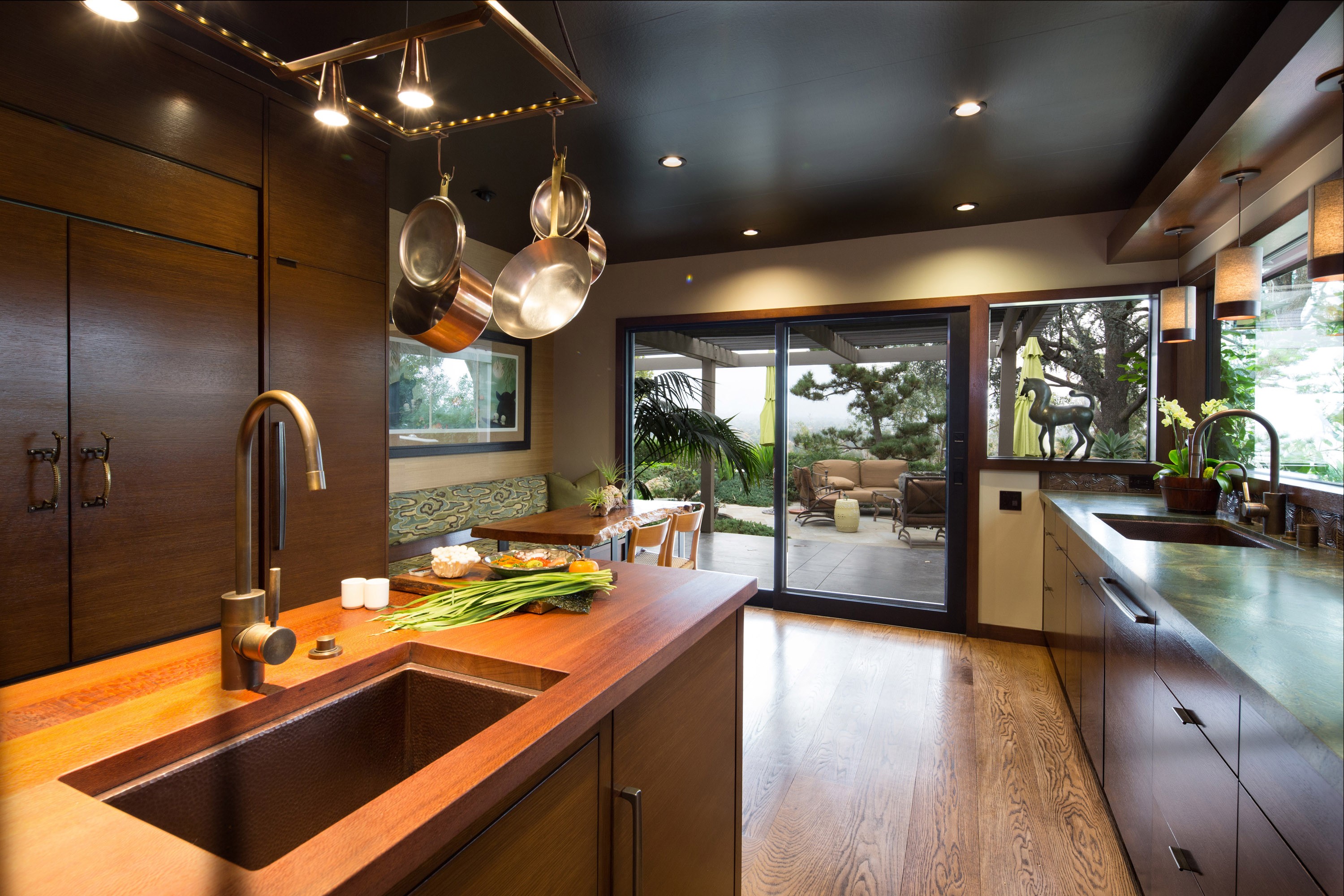
Creating a Serene and Peaceful Atmosphere
 One of the key elements of Asian-inspired kitchen design is the use of natural elements. This includes incorporating
bamboo, stone, and wood
into the design. These materials not only add a touch of
nature
to the space, but they also create a sense of
serenity and peace
. Bamboo, in particular, is a popular choice as it symbolizes strength and flexibility, while also being an environmentally friendly option.
One of the key elements of Asian-inspired kitchen design is the use of natural elements. This includes incorporating
bamboo, stone, and wood
into the design. These materials not only add a touch of
nature
to the space, but they also create a sense of
serenity and peace
. Bamboo, in particular, is a popular choice as it symbolizes strength and flexibility, while also being an environmentally friendly option.
Bringing the Outdoors In
 Asian-inspired kitchen design also focuses on bringing the outdoors into the space. This can be achieved through the use of large windows, skylights, and
plants and flowers
. Natural light is a key element in creating a bright and airy atmosphere, while plants and flowers add a pop of color and a sense of
harmony and balance
to the space.
Asian-inspired kitchen design also focuses on bringing the outdoors into the space. This can be achieved through the use of large windows, skylights, and
plants and flowers
. Natural light is a key element in creating a bright and airy atmosphere, while plants and flowers add a pop of color and a sense of
harmony and balance
to the space.
Embracing Minimalism
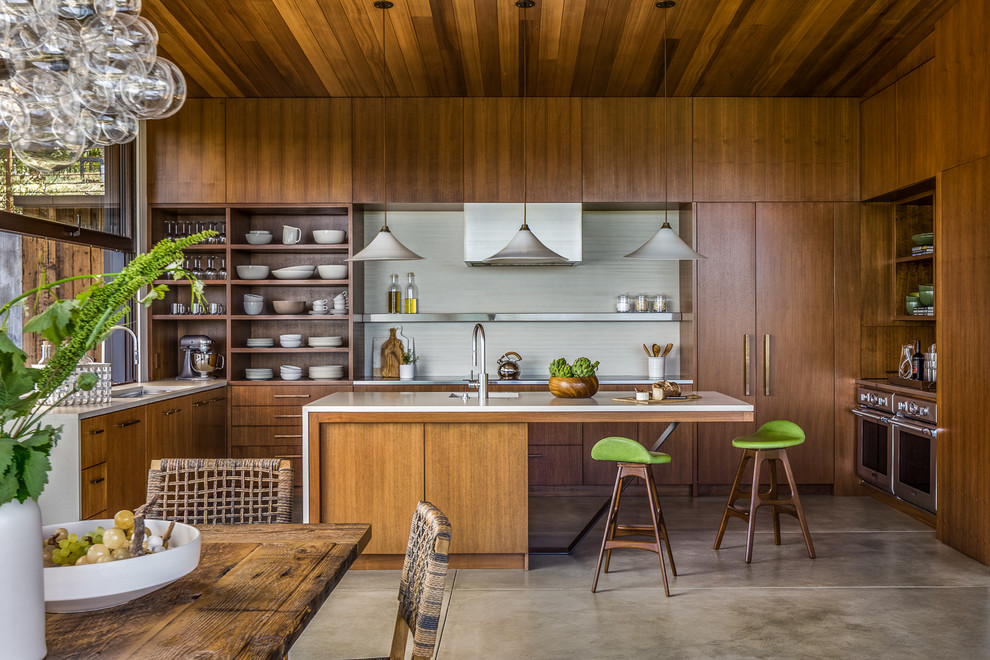 Another important aspect of Asian-inspired design is the concept of minimalism. This means keeping the space
clean, clutter-free, and functional
. In a kitchen, this can be achieved by incorporating
smart storage solutions
and keeping countertops free from unnecessary items. This not only creates a visually appealing space, but it also promotes a
calm and organized environment
.
Another important aspect of Asian-inspired design is the concept of minimalism. This means keeping the space
clean, clutter-free, and functional
. In a kitchen, this can be achieved by incorporating
smart storage solutions
and keeping countertops free from unnecessary items. This not only creates a visually appealing space, but it also promotes a
calm and organized environment
.
Harmonizing with Nature
 Asian-inspired design also incorporates the principles of Feng Shui, which focuses on creating a harmonious balance between the elements of nature. This can be achieved by positioning the kitchen in a way that
allows for a flow of energy
and incorporating
natural textures and colors
into the design. This not only creates a visually appealing space, but it also promotes a sense of
harmony and well-being
in the kitchen.
Overall, an Asian-inspired kitchen design focuses on creating a
serene, peaceful, and harmonious
atmosphere that is in tune with nature. By incorporating natural elements, embracing minimalism, and harmonizing with nature, you can create a kitchen that is not only visually stunning but also promotes a sense of
balance and tranquility
in your home.
Asian-inspired design also incorporates the principles of Feng Shui, which focuses on creating a harmonious balance between the elements of nature. This can be achieved by positioning the kitchen in a way that
allows for a flow of energy
and incorporating
natural textures and colors
into the design. This not only creates a visually appealing space, but it also promotes a sense of
harmony and well-being
in the kitchen.
Overall, an Asian-inspired kitchen design focuses on creating a
serene, peaceful, and harmonious
atmosphere that is in tune with nature. By incorporating natural elements, embracing minimalism, and harmonizing with nature, you can create a kitchen that is not only visually stunning but also promotes a sense of
balance and tranquility
in your home.
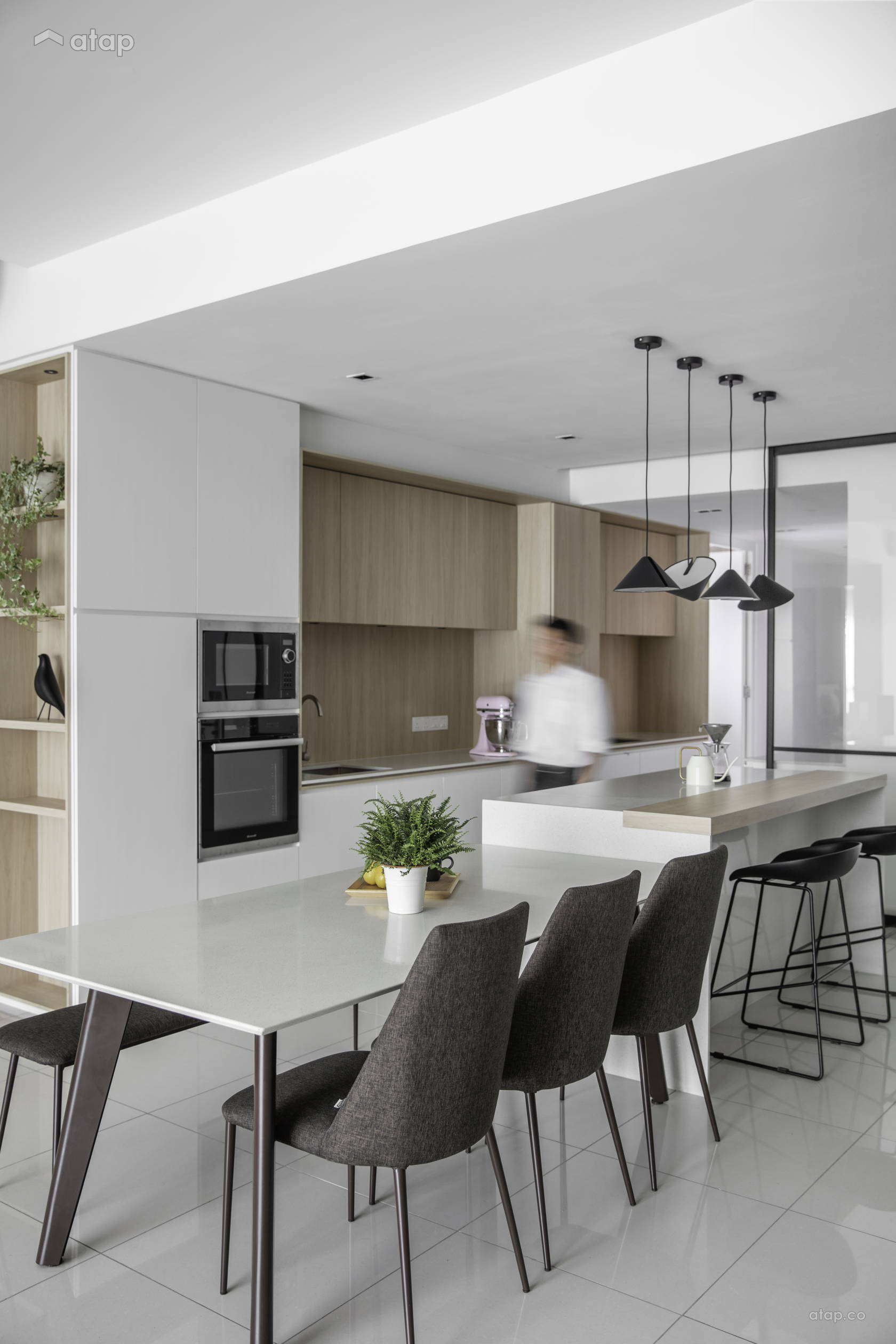




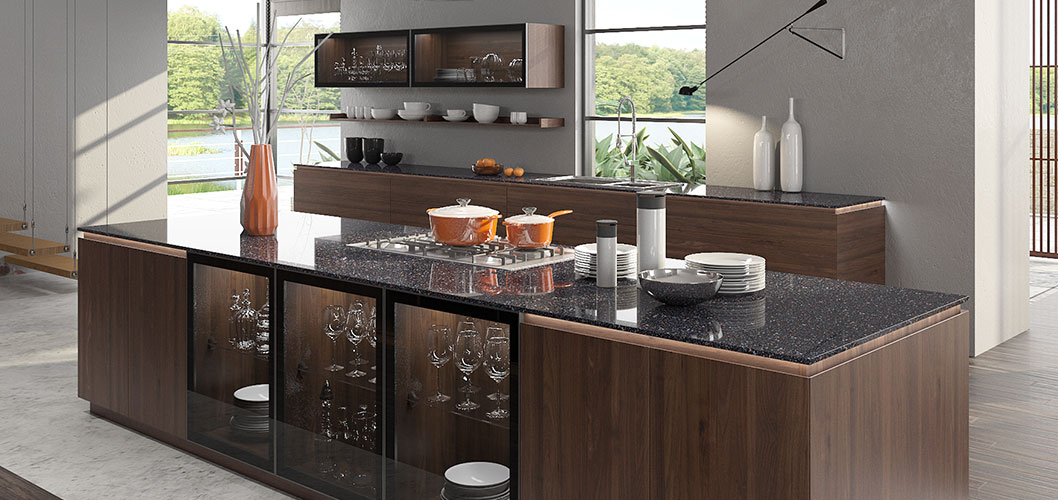
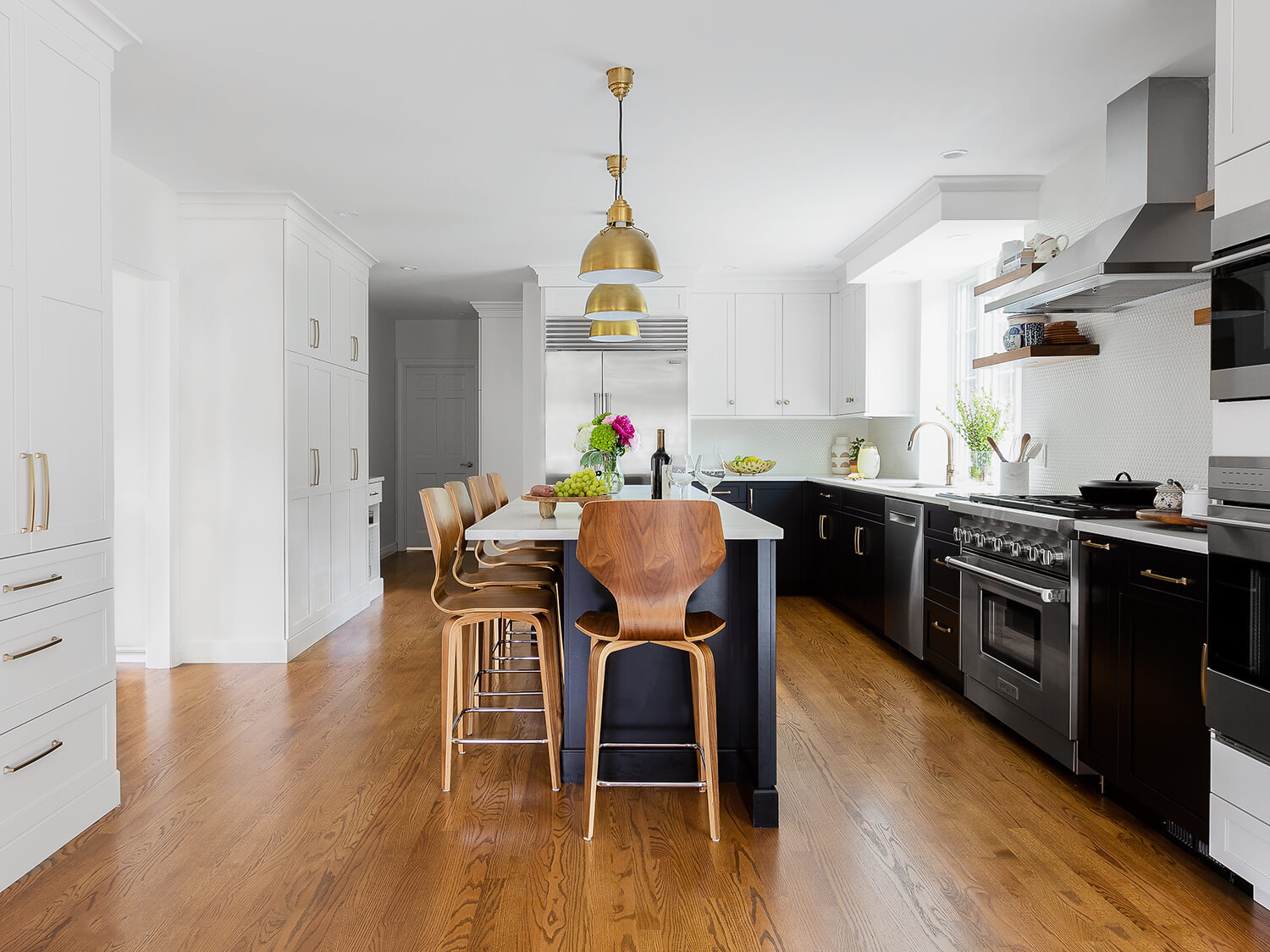


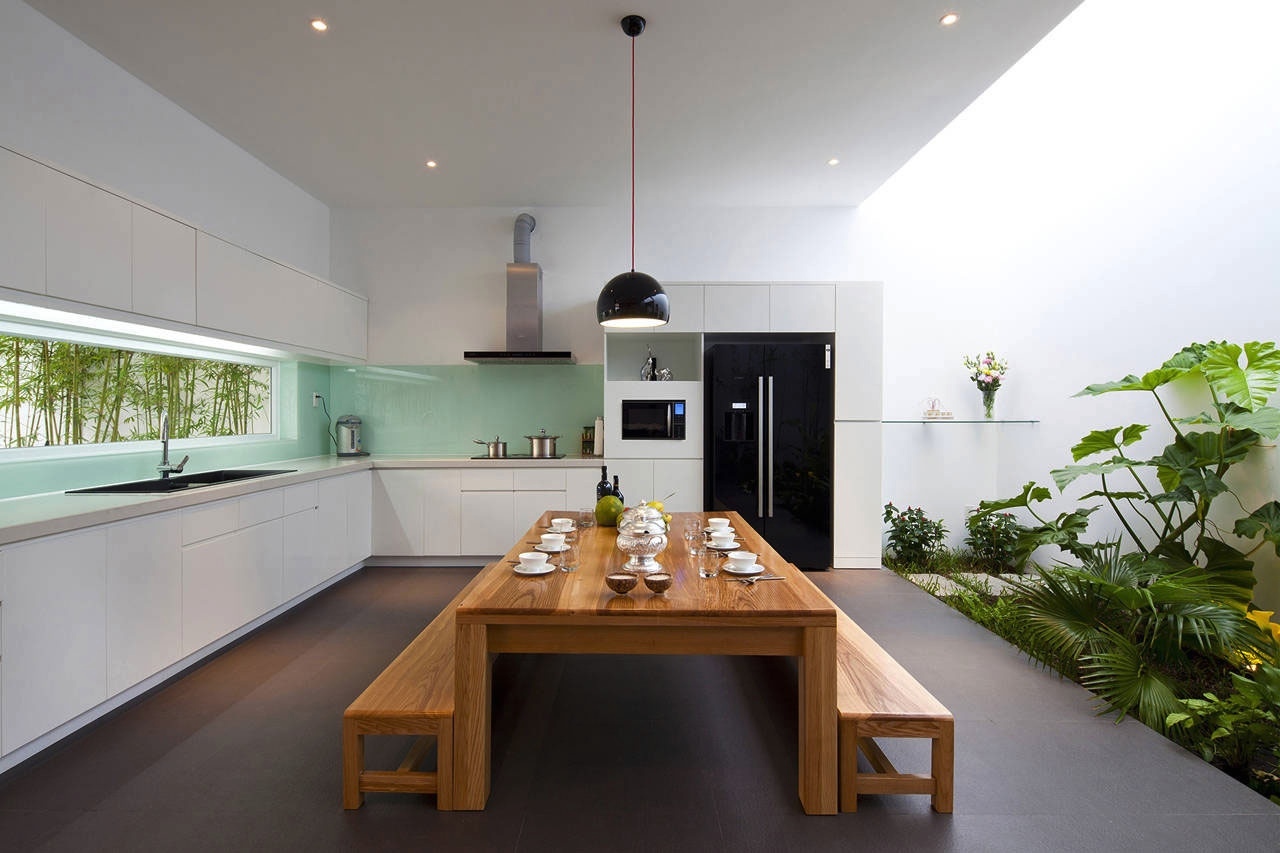


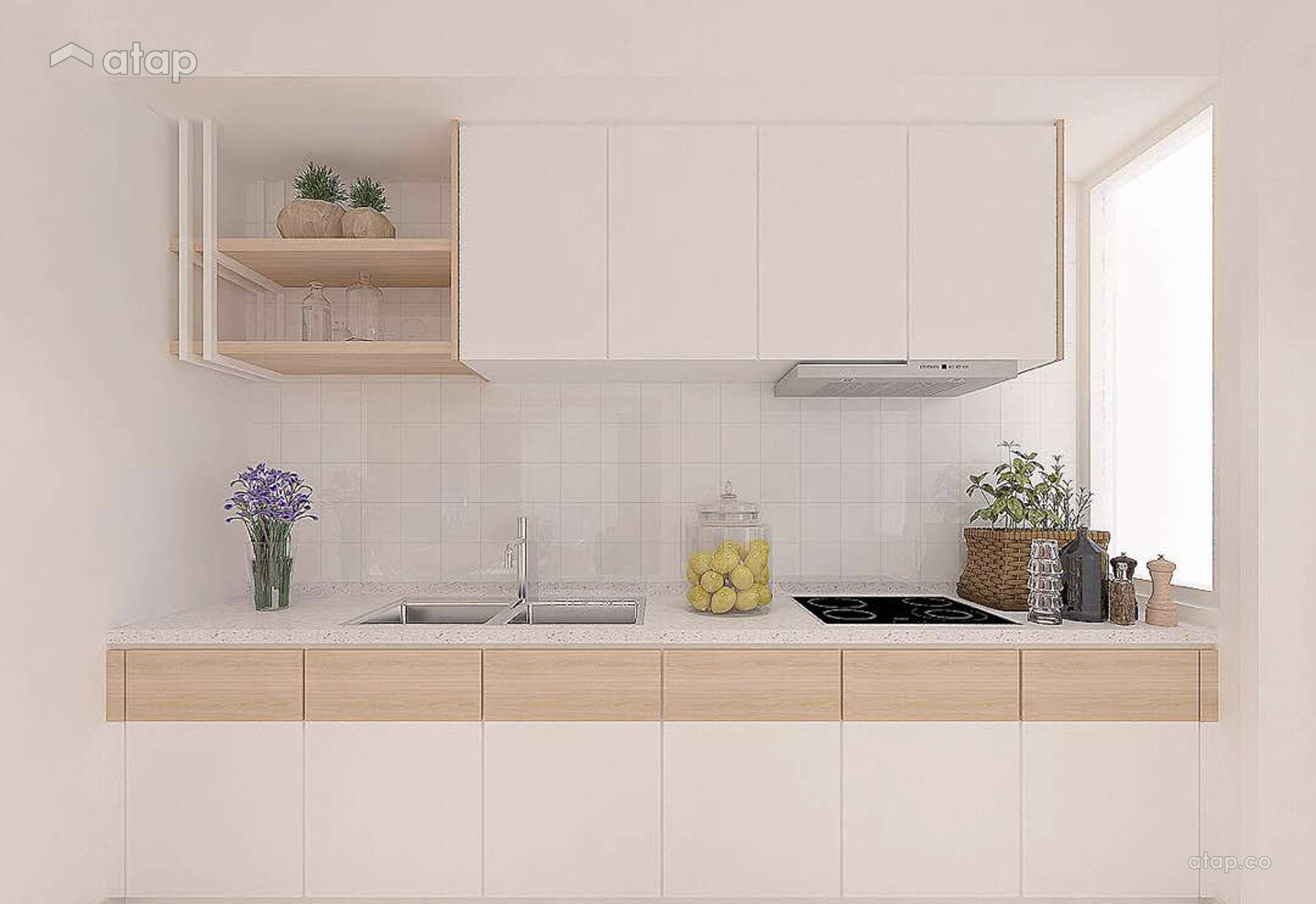



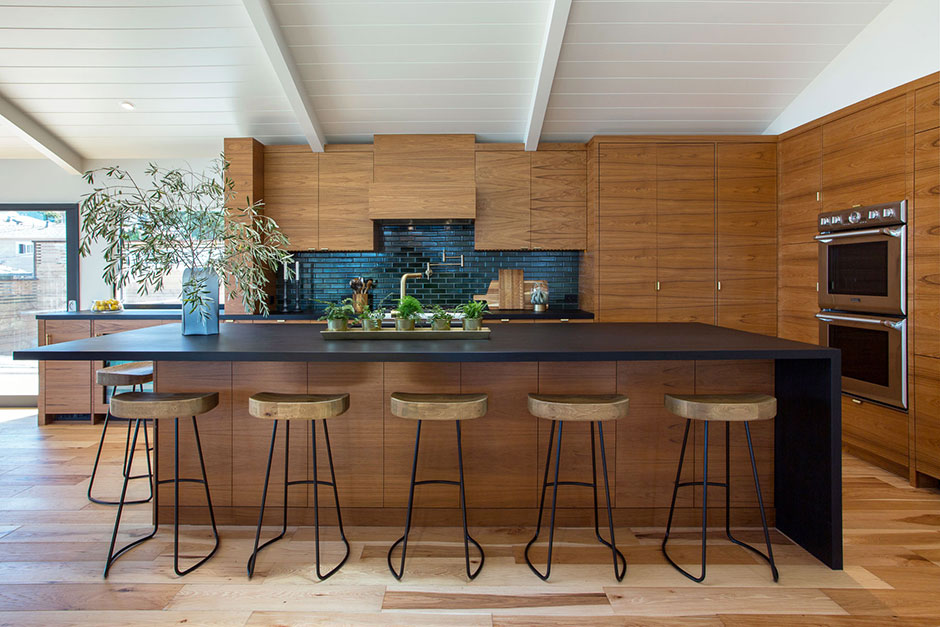



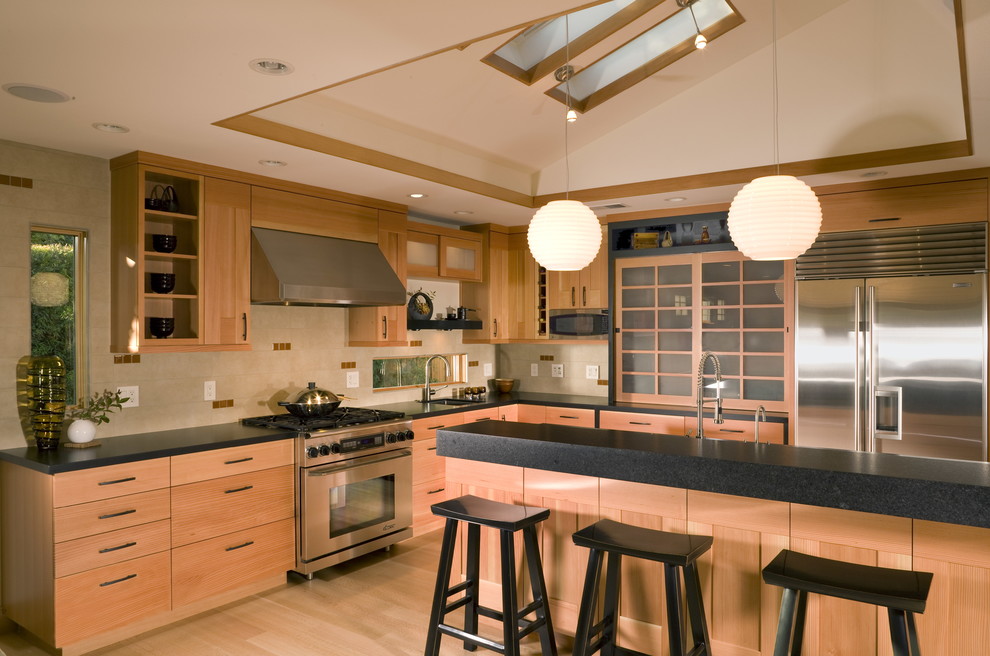





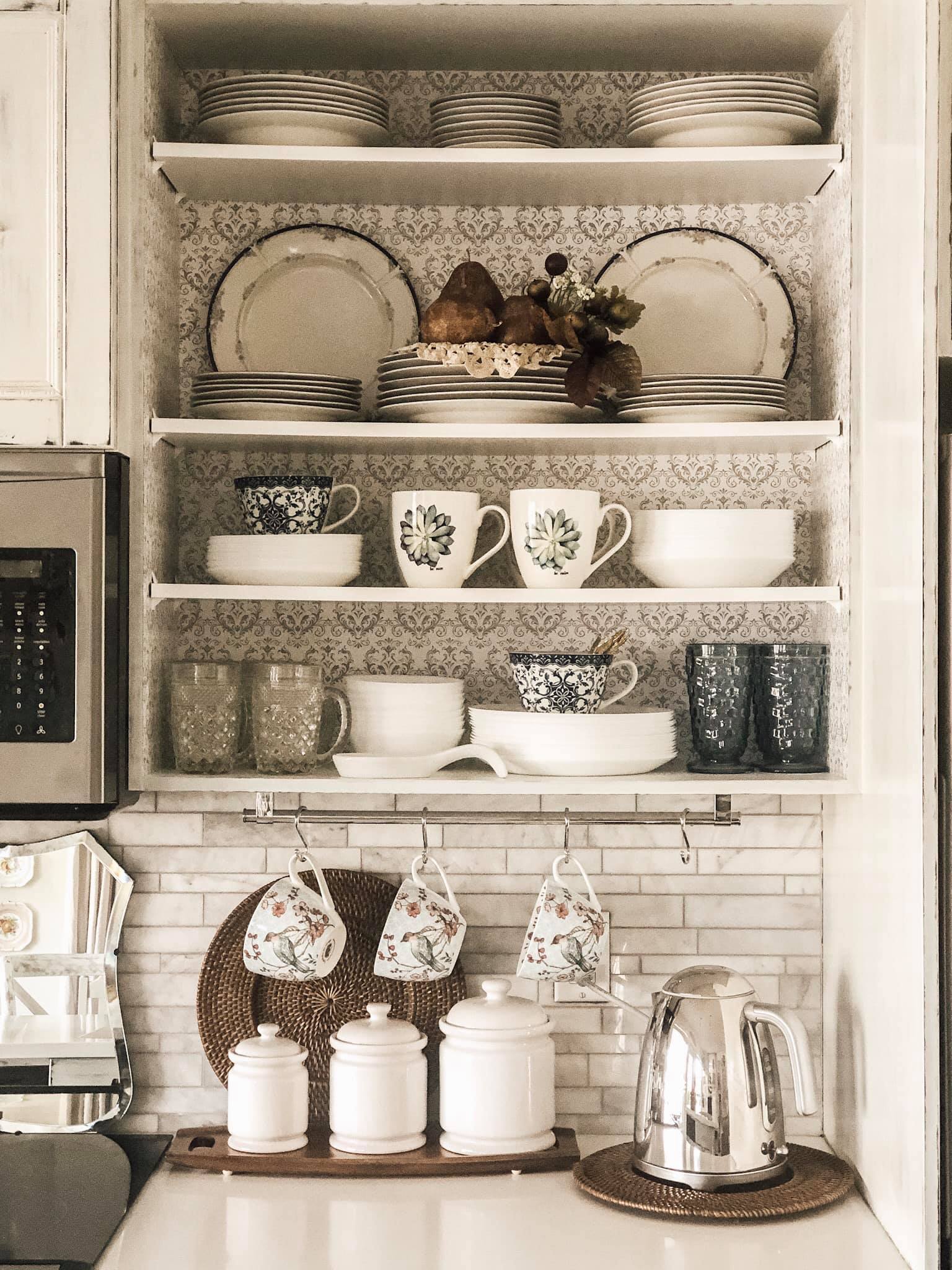

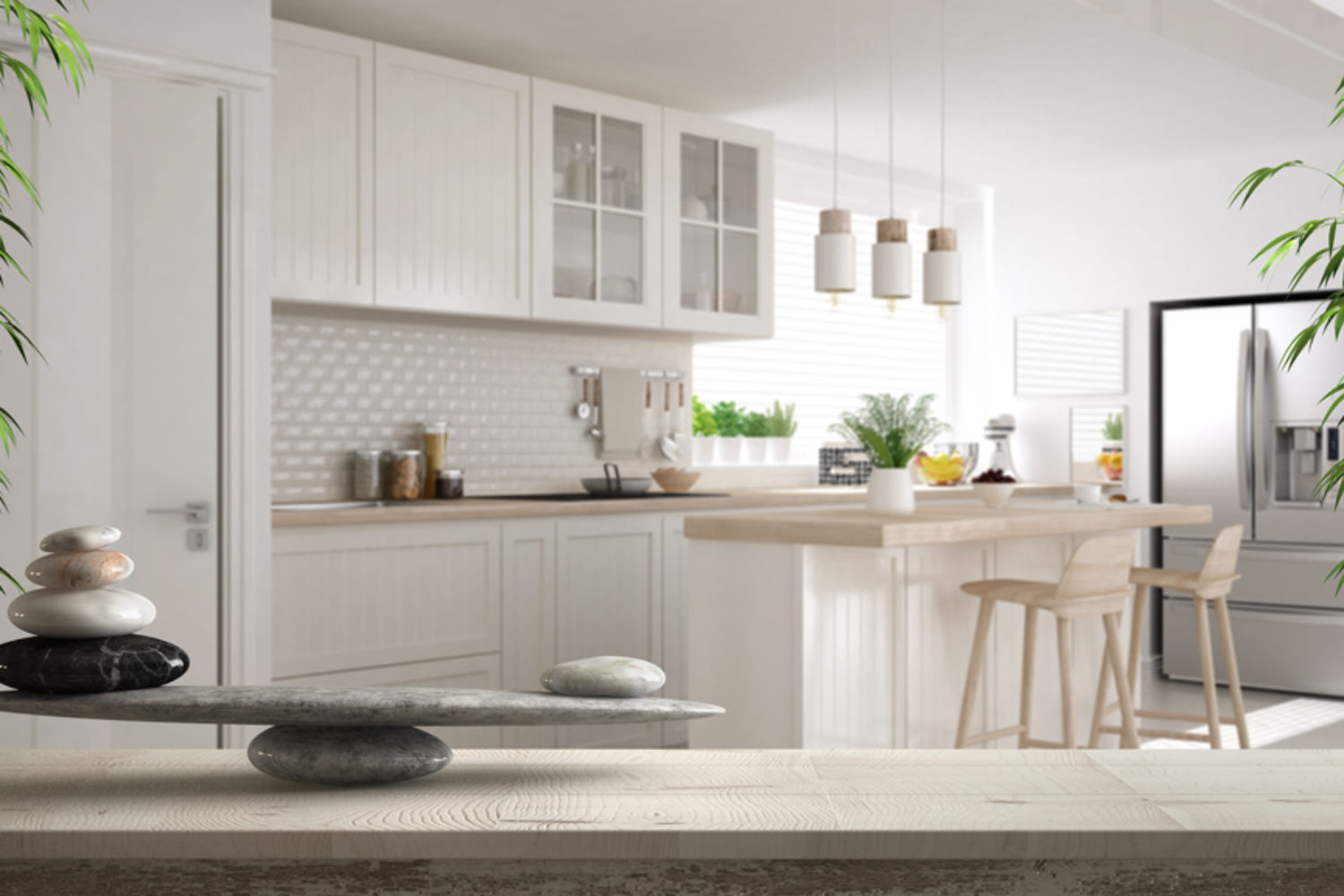
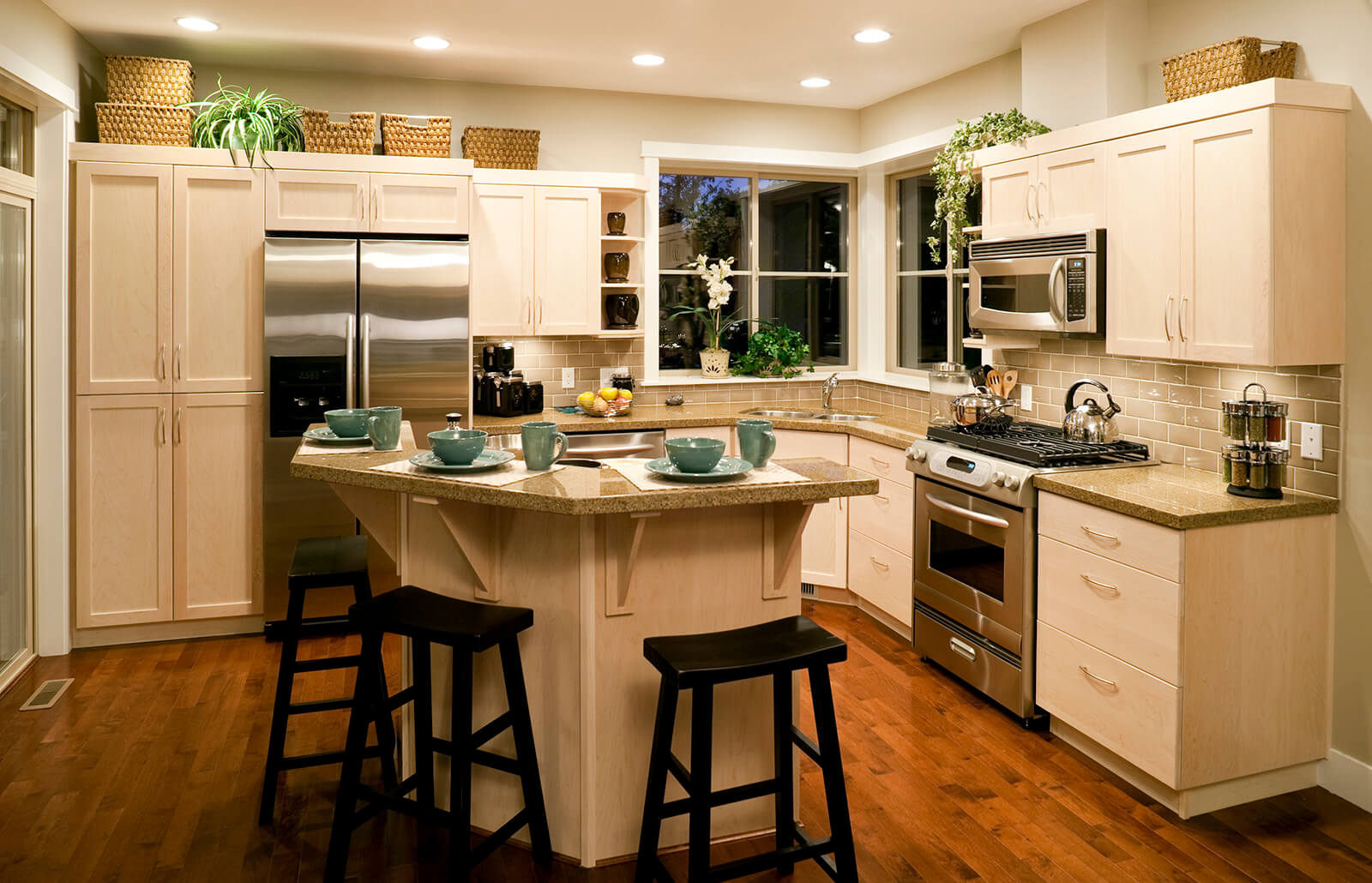
:max_bytes(150000):strip_icc()/kitchen-167449465-G1-56a02d155f9b58eba4af44a3.jpg)


/r-architecture-TRCJ-87Yoh0-unsplash-bf44b463832b43e58f7352815d166ae4.jpg)


















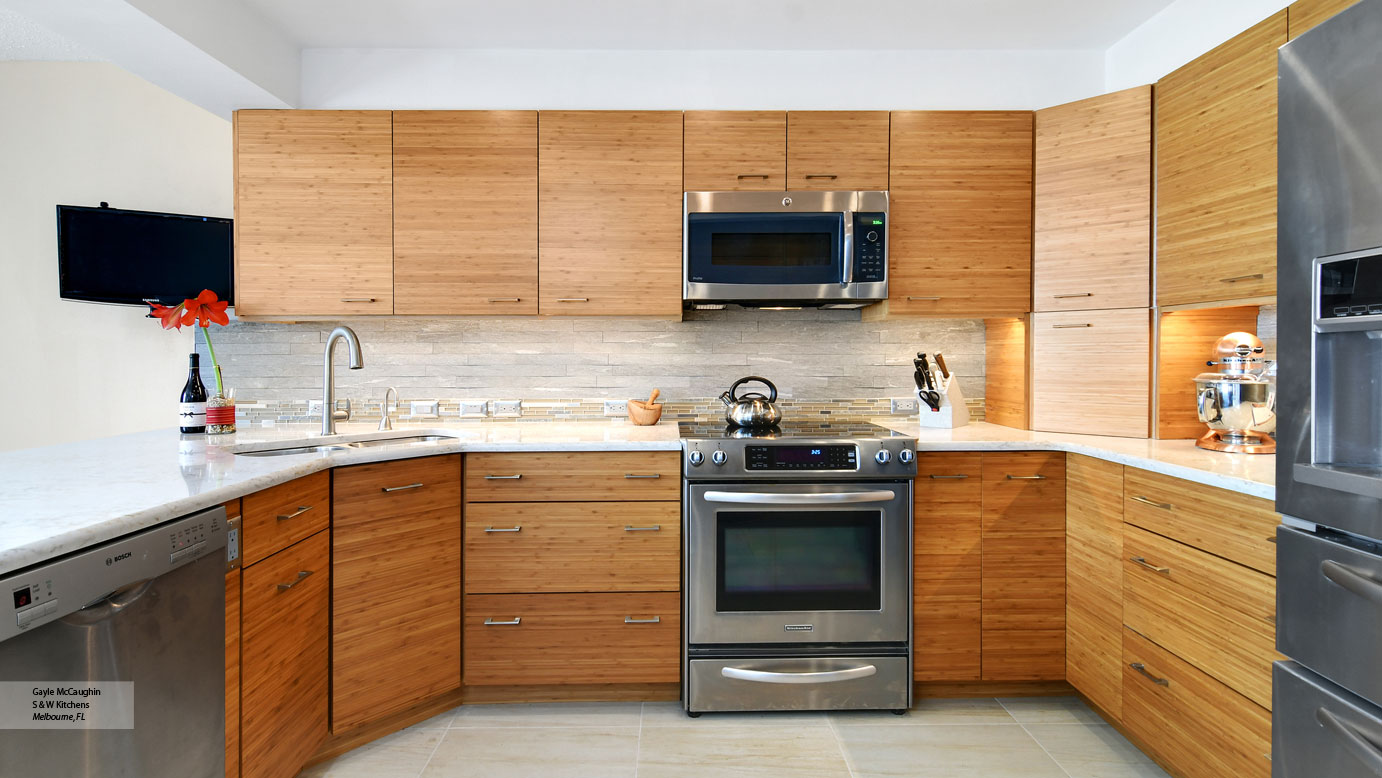
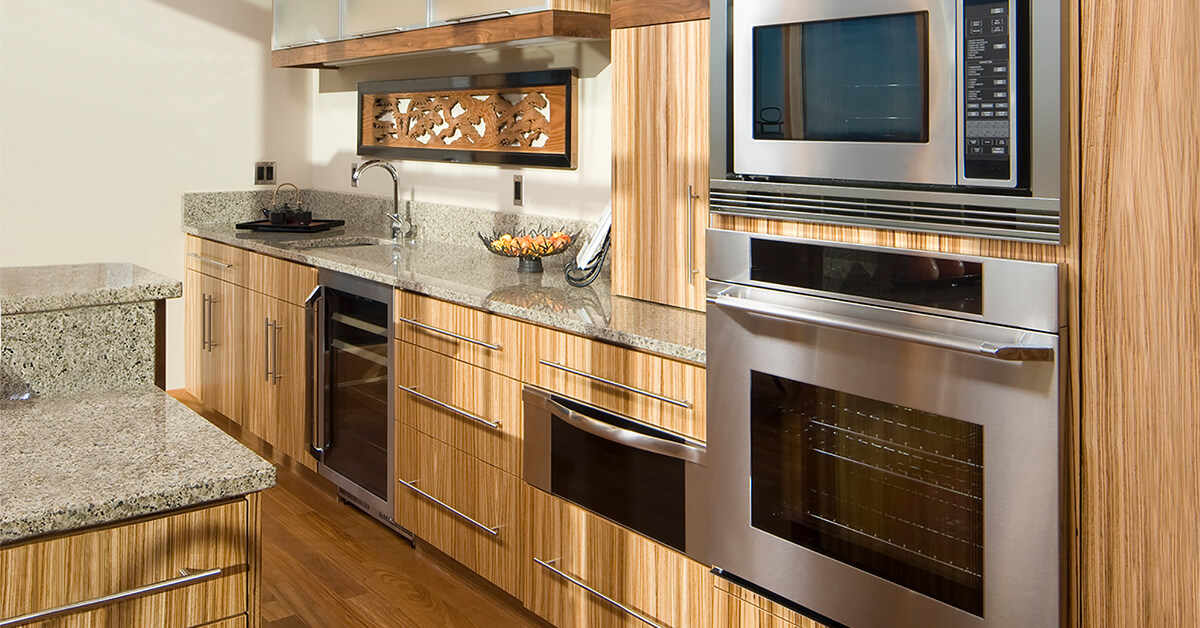











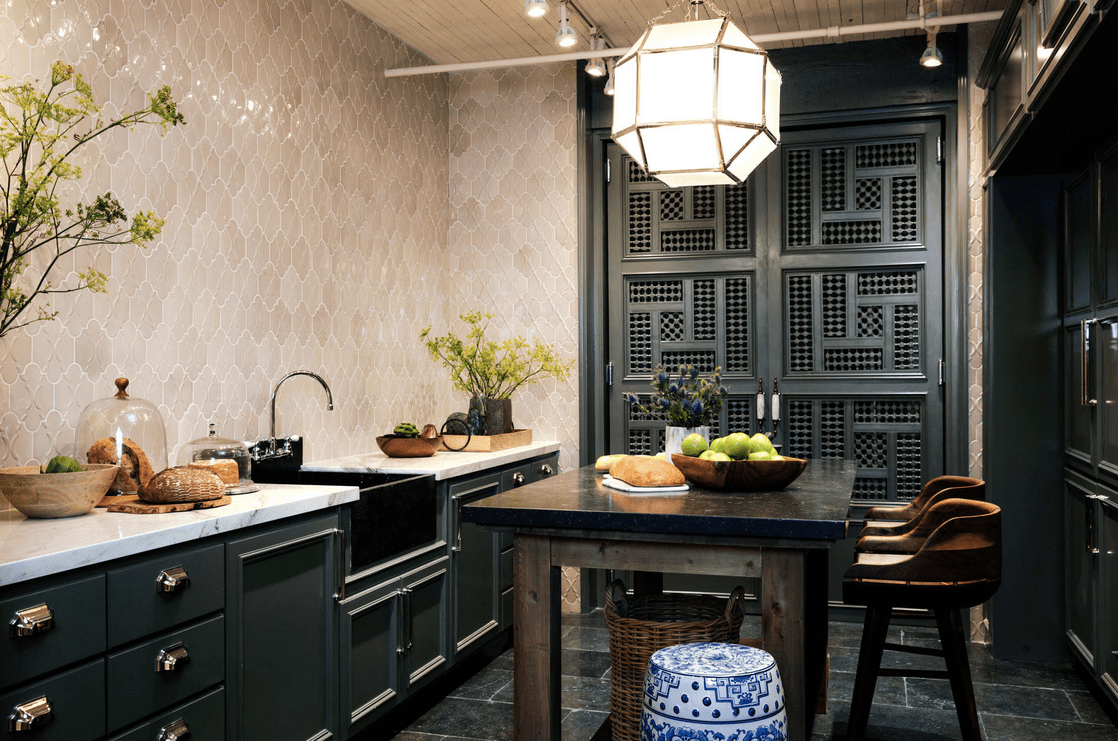



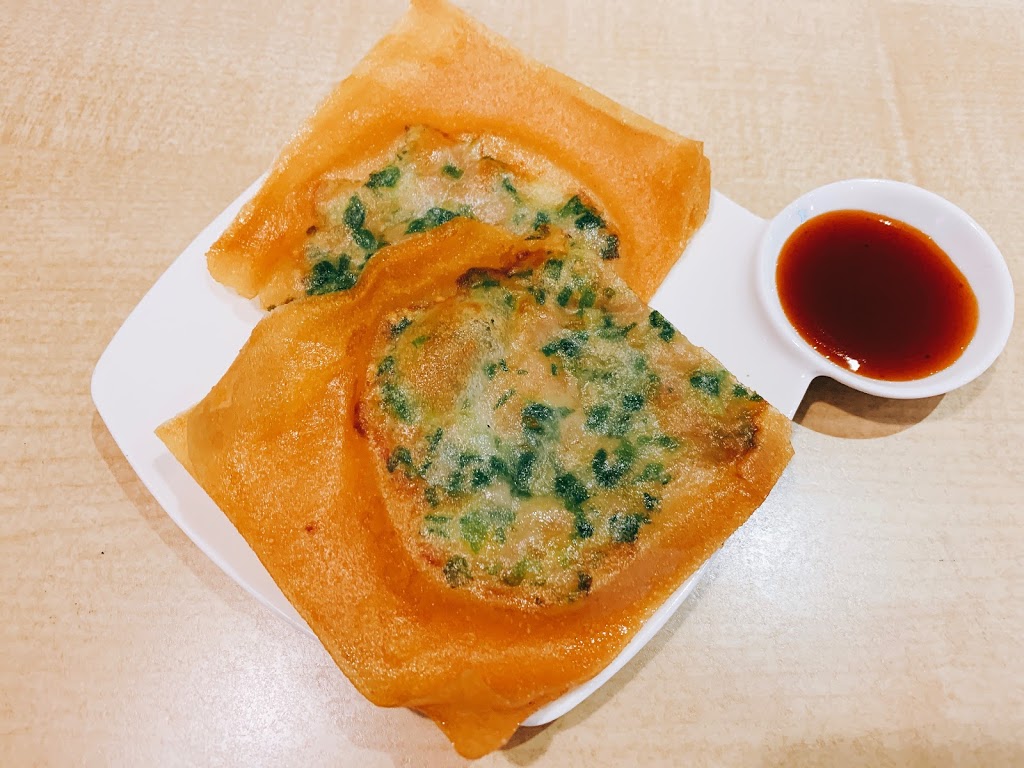

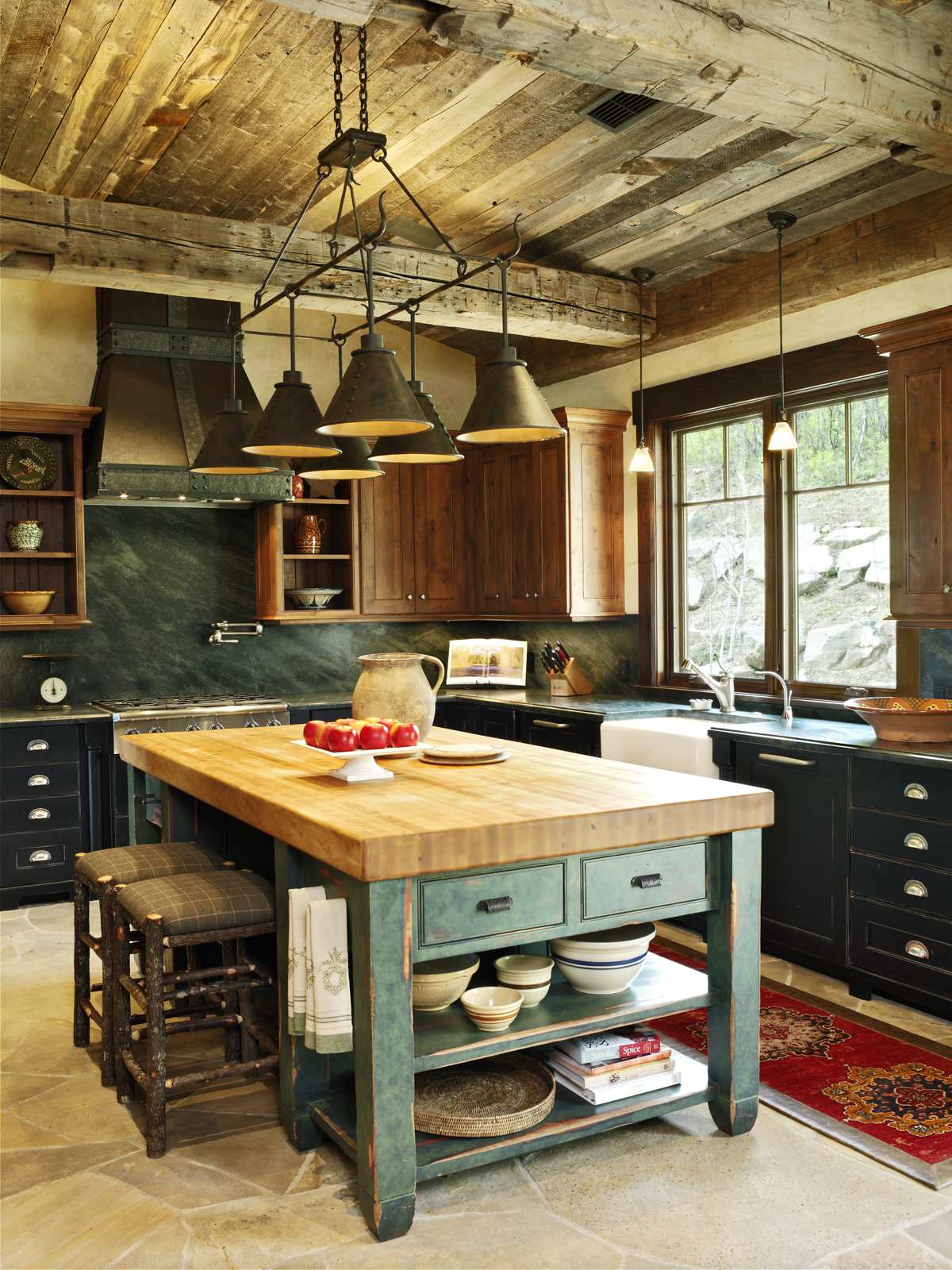
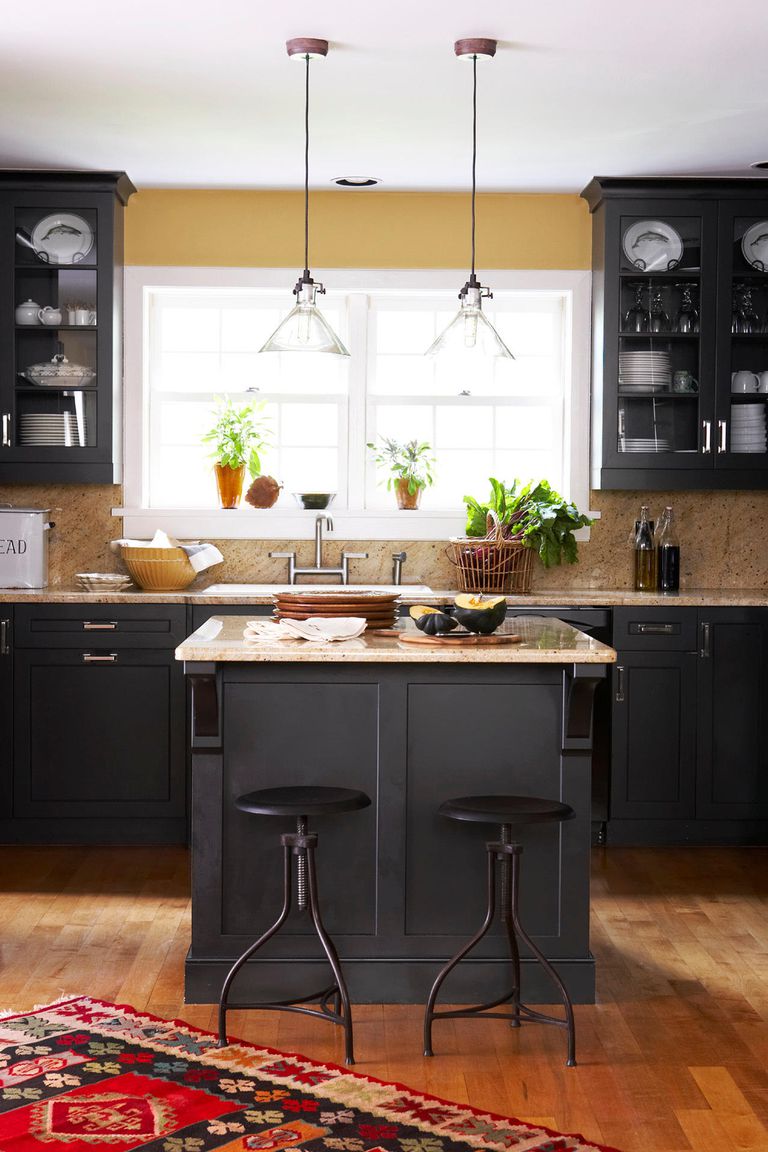








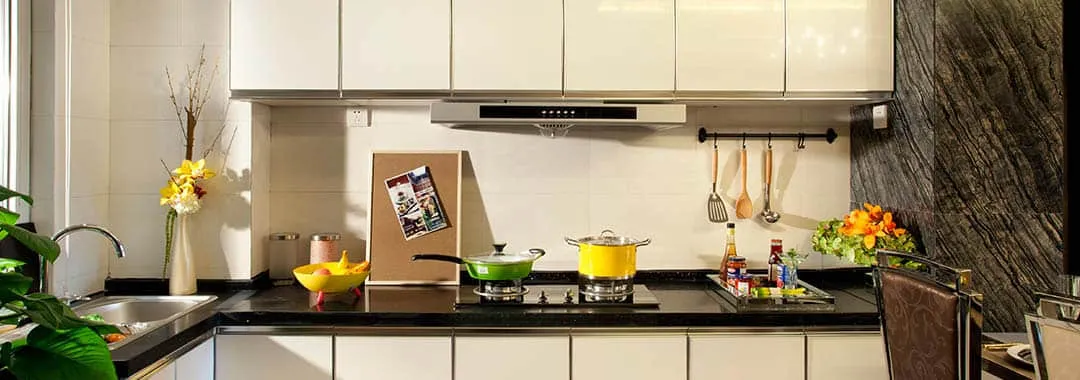

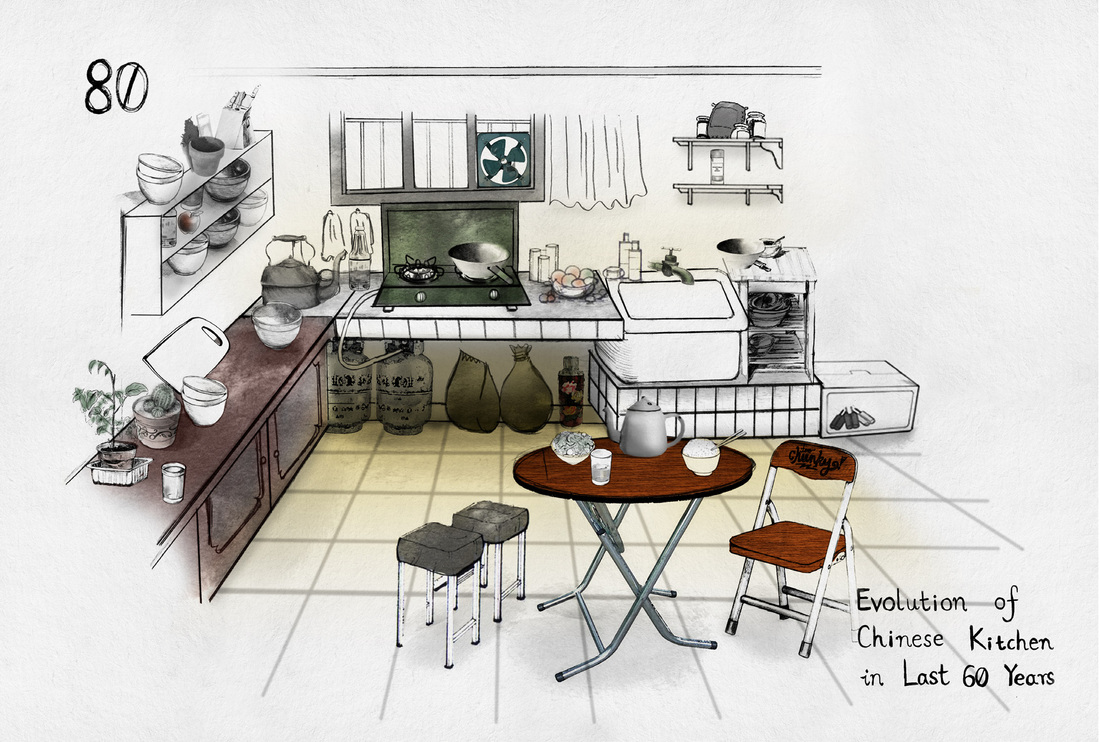





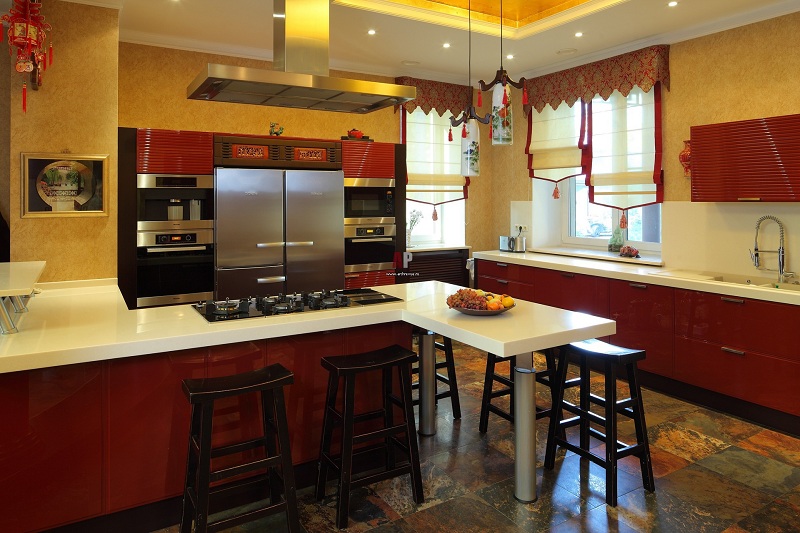
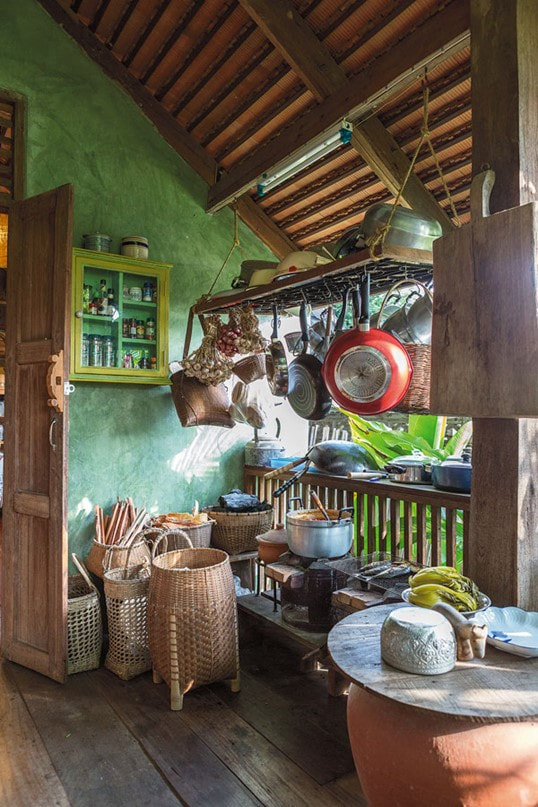








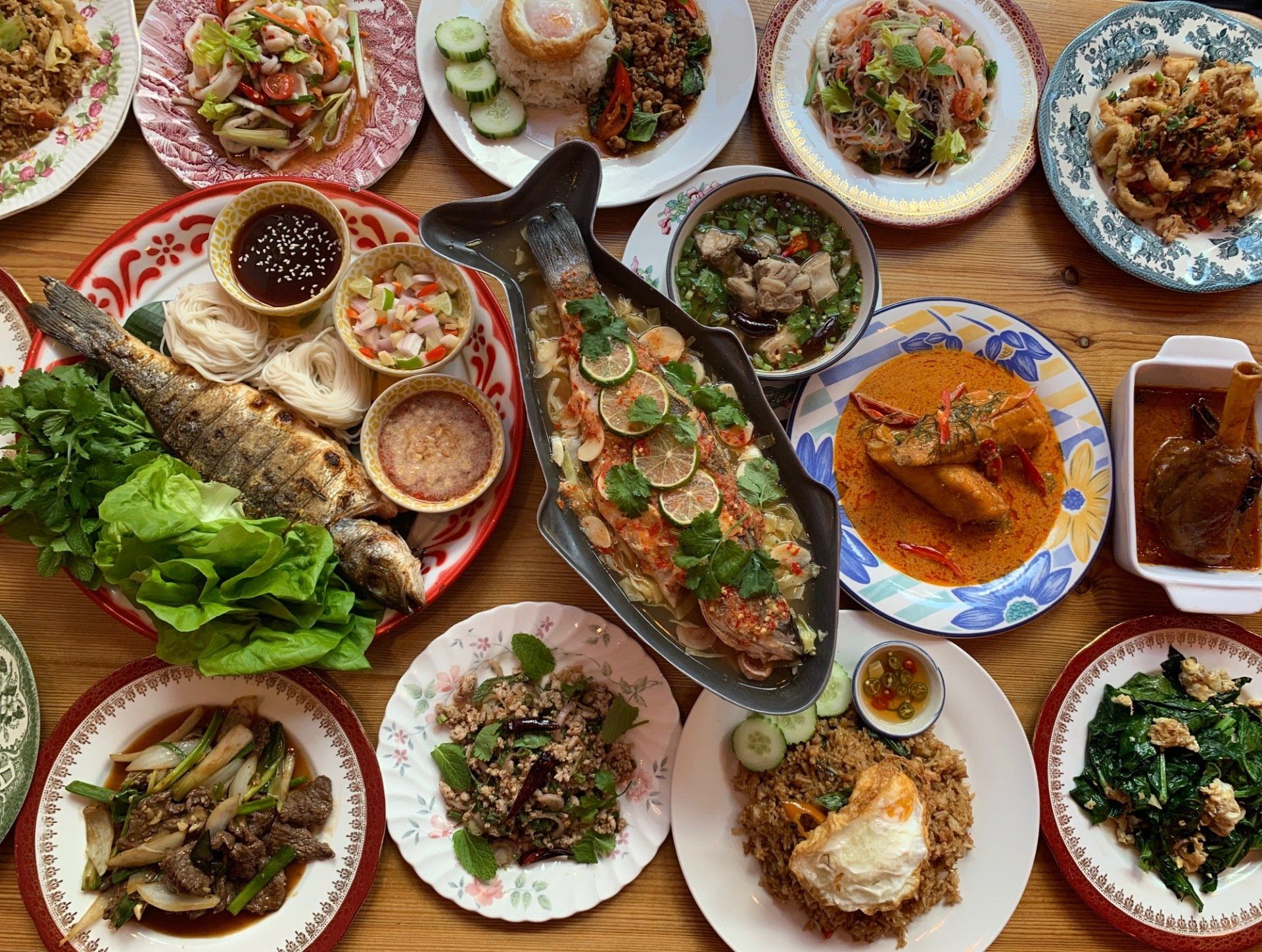
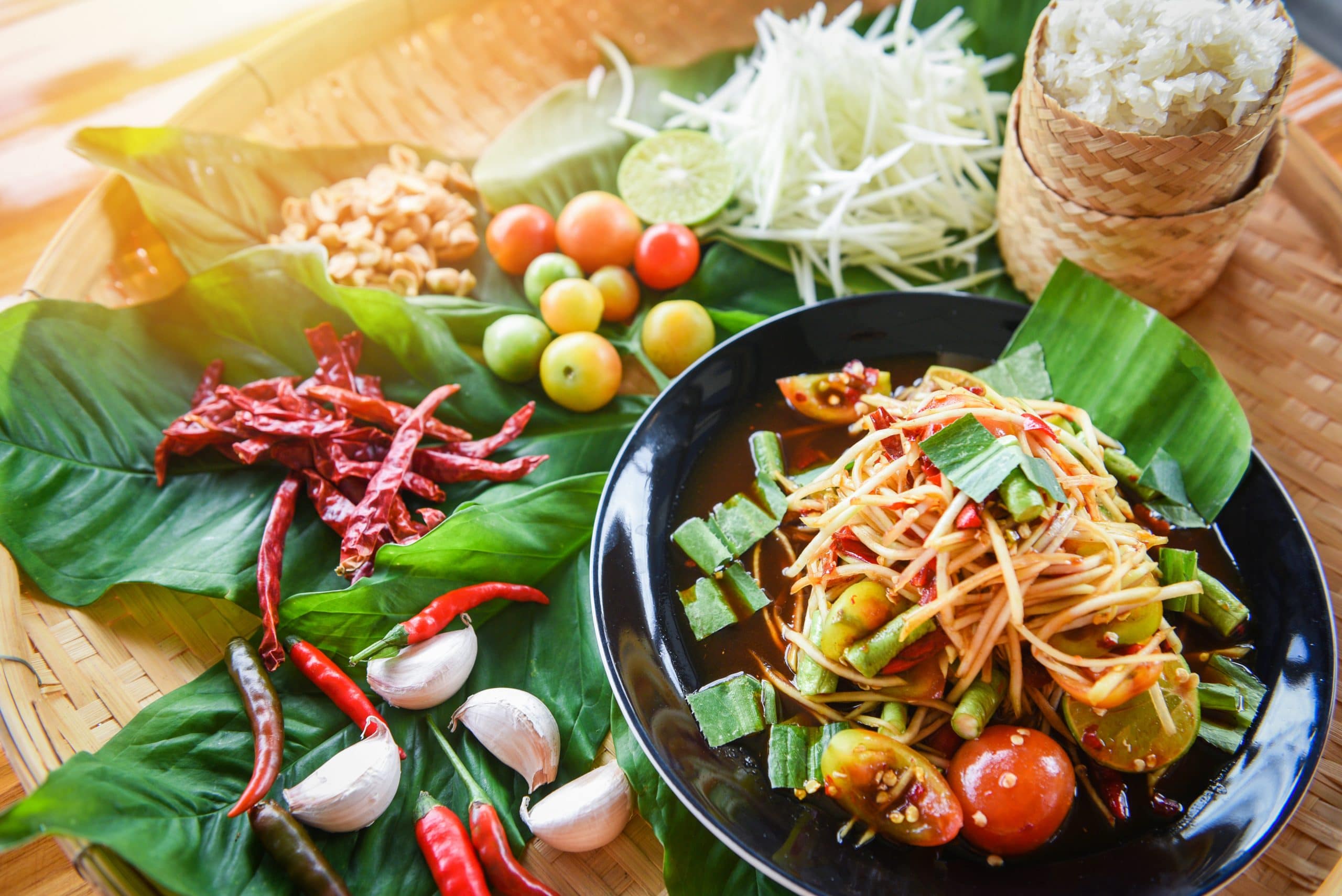






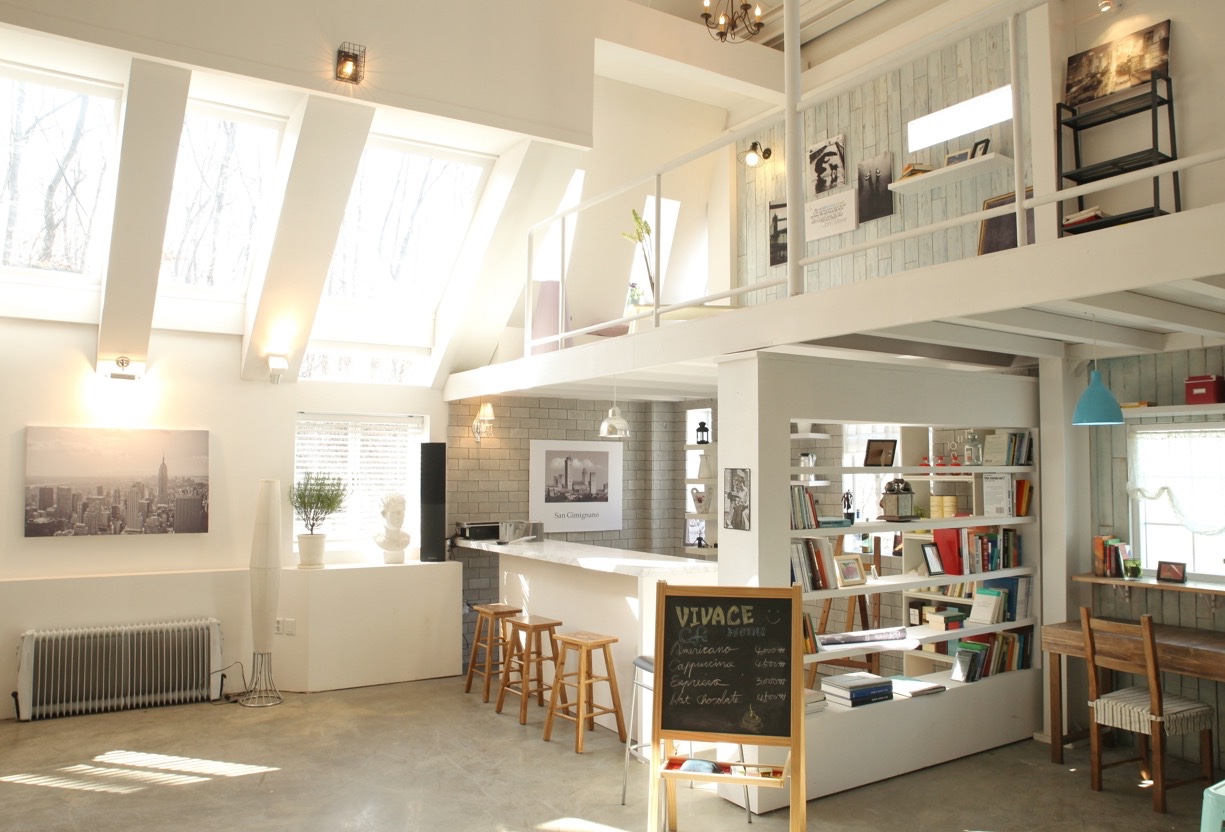








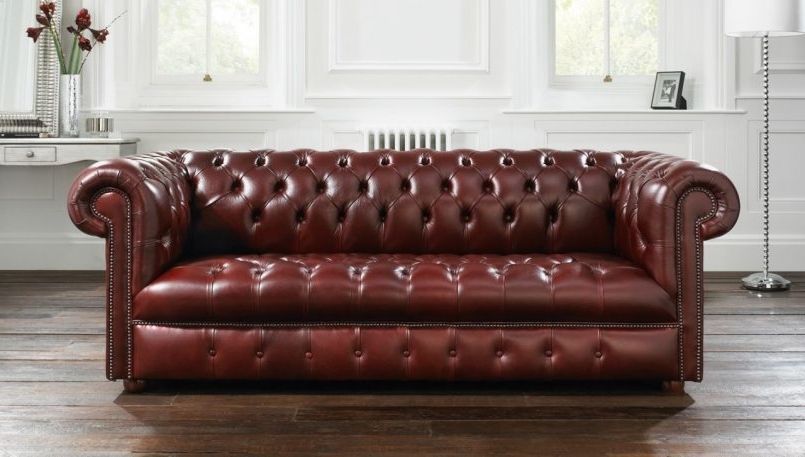

/GettyImages-1206150622-1c297aabd4a94f72a2675fc509306457.jpg)


